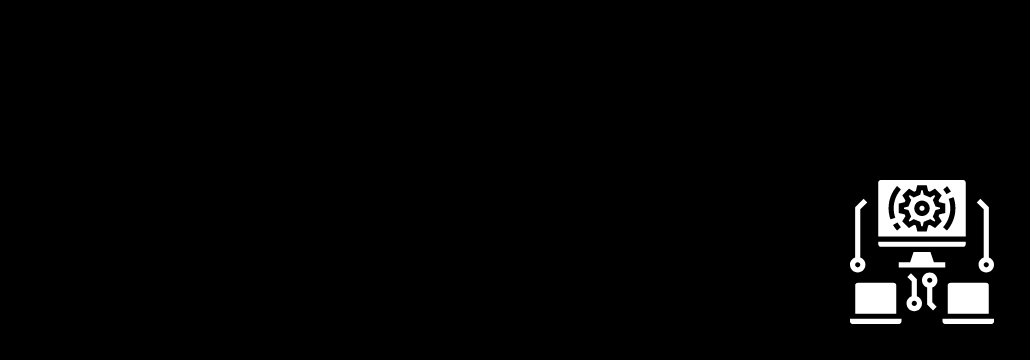Contents:
Have you ever wondered what the concept of IT asset refers to and what is its importance to your business? Continue reading to find your answer!
IT Asset: Definition
By definition, an IT asset is a piece of hardware or software in an information technology setting. The operational or financial success of a business may depend on the ability to track IT assets within an IT asset management system, as the systems and network infrastructure of the firm are not complete without IT assets.
IT assets can include everything from servers and desktop computers to routers and switches, as well as applications, databases, and website content. Often, they are managed by a dedicated team within an organization responsible for ensuring that they are properly utilized and maintained. This can include tasks such as tracking licenses, updating software, and providing support to users. In some cases, IT assets may also be subject to security measures such as data encryption or physical security controls.
IT Assets Classification
IT assets can be classified as follows:
- IT Hardware – this category includes servers, desktops, mobile devices, and other IoT (Internet of Things) devices;
- Software – the programs your systems use;
- Virtual Machines – VMs are compute resources that instead of physical computers use software to run programs and deploy apps;
- Cloud Services – cloud services are included here because they run on hardware. Private cloud usually includes a requirement for managing the supporting hardware;
- SaaS – a model based which, instead of installing and maintaining software, allows you to access them via the Internet;
- Digital Information – data assets, usually with subscriptions to be paid for licences to use the data.
Why Do You Need to Track Your IT Assets?
If you’re wondering why you shouldn’t forget about your company’s assets, here are a few reasons:
Asset Theft
Asset theft is not as uncommon as you’d think or hope. When the equipment is lost or stolen, operations are affected and the general productivity suffers, especially if the stolen device had sensitive information on it.
Human Error
Human error is one of the biggest security risks. It can lead to observation and calculation errors, but it can also cost human lives, depending on the activity domain where it appears.
Low Efficiency
A company’s productivity is linked to how well assets perform. Productivity loss and a high downtime period can be the consequences of improper functioning of assets of poorly performing assets.
Inventory Shortage
Keeping a manual report of inventory can augment the risk of errors, which are very likely to affect the organisation’s profitability. If this data is used for important decisions, the results can be very misleading.
Multiple Sources of Information
If there isn’t a single tool used for collecting and centralizing information about your IT assets, chaos and inaccuracy are very likely to follow.
Shadow IT
It’s not unheard of for applications, licenses and various other IT assets to be purchased, managed and used without the knowledge and approval of the central IT team.
Software Rot
Software rot, also known as code rot or software erosion, refers to the slow deterioration of software quality, or to its diminishing responsiveness that will eventually lead to software becoming faulty, unusable, or in need of an upgrade.
Software rot also comes with the following risks:
- The risk of falling prey to a data breach or cyberattack more easily;
- The risk of slowing down the activity due to the performance issues or the need to manually fix issues regularly;
- The risk of becoming non-compliant.
How Can Heimdal® Help You?
To maintain a good security state of your company, you must carefully monitor your IT assets. This task can be a little challenging, especially for organizations with a large number of assets. Luckily, you can greatly simplify the process with the help of Heimdal®’s Patch & Asset Management solution, which keeps track of the software you use on your company’s devices and installs updates as soon as they’re deployed by the applications’ developers.
The whole process is fully automatic, so you will not have to worry about leaving assets unchecked. Plus, you can access it from anywhere in the world, at any time you want.

Heimdal® Patch & Asset Management Software
- Schedule updates at your convenience;
- See any software assets in inventory;
- Global deployment and LAN P2P;
- And much more than we can fit in here...
Wrapping Up
IT assets are an integral part of any modern business, and understanding what they are is essential for optimal IT management. With proper visibility into the type of assets you have in your environment and how they’re being utilized at all times, you will be able to make more informed decisions about your technology investments while ensuring compliance with applicable laws.
If you liked this article, follow us on LinkedIn, Twitter, Facebook, Youtube, and Instagram for more cybersecurity news and topics.
This article was originally written by Elena Georgescu on February 11, 2021, and updated by Cristian Neagu on February 10, 2023.


 Network Security
Network Security
 Vulnerability Management
Vulnerability Management
 Privileged Access Management
Privileged Access Management
 Endpoint Security
Endpoint Security
 Threat Hunting
Threat Hunting
 Unified Endpoint Management
Unified Endpoint Management
 Email & Collaboration Security
Email & Collaboration Security










